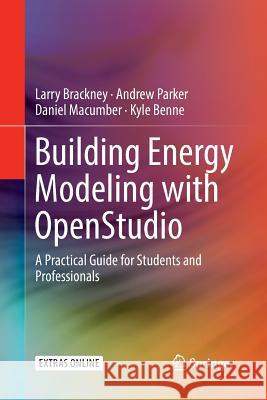Building Energy Modeling with Openstudio: A Practical Guide for Students and Professionals » książka
topmenu
Building Energy Modeling with Openstudio: A Practical Guide for Students and Professionals
ISBN-13: 9783030085476 / Angielski / Miękka / 2019 / 325 str.
Building Energy Modeling with Openstudio: A Practical Guide for Students and Professionals
ISBN-13: 9783030085476 / Angielski / Miękka / 2019 / 325 str.
cena 302,60
(netto: 288,19 VAT: 5%)
Najniższa cena z 30 dni: 289,13
(netto: 288,19 VAT: 5%)
Najniższa cena z 30 dni: 289,13
Termin realizacji zamówienia:
ok. 22 dni roboczych
Bez gwarancji dostawy przed świętami
ok. 22 dni roboczych
Bez gwarancji dostawy przed świętami
Darmowa dostawa!
Kategorie:
Kategorie BISAC:
Wydawca:
Springer
Język:
Angielski
ISBN-13:
9783030085476
Rok wydania:
2019
Dostępne języki:
Ilość stron:
325
Waga:
0.51 kg
Wymiary:
23.39 x 15.6 x 1.93
Oprawa:
Miękka
Dodatkowe informacje:
Glosariusz/słownik
Wydanie ilustrowane
Wydanie ilustrowane











